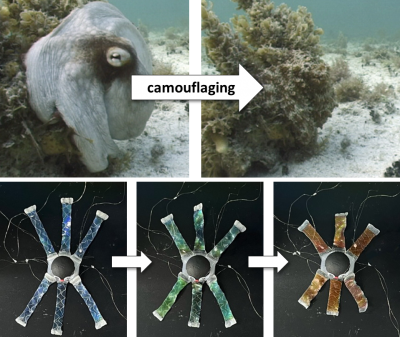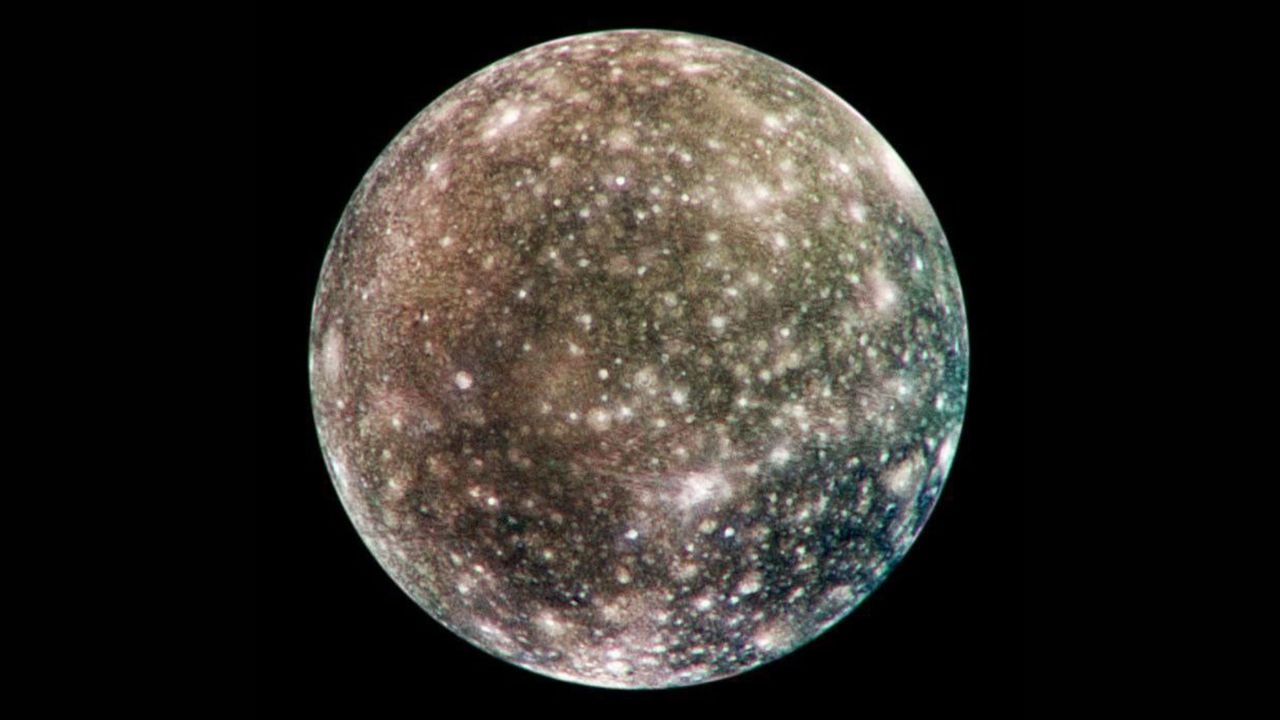NASA’s Juno spacecraft has made a groundbreaking discovery by detecting the auroras of Jupiter’s moon Callisto for the first time. This observation completes the set of auroral signatures from all four of Jupiter’s Galilean moons: Io, Europa, Ganymede, and now Callisto.
The findings reveal that, similar to Earth, Jupiter showcases stunning auroras around its poles. However, the situation is more complex with its Galilean moons, which interact uniquely with Jupiter’s powerful magnetosphere. According to the research team, “Jupiter exhibits peculiar multiwavelength auroral emissions resulting from the electromagnetic interactions of Io, Europa, and Ganymede with the magnetospheric plasma flow.” This interaction results in distinct auroral footprints for each moon.
Previously, NASA’s Hubble Space Telescope had observed auroral signatures from Io, Europa, and Ganymede but could only identify faint evidence of Callisto’s signature. The researchers noted that the limited detections prevented a comprehensive understanding of Callisto’s auroras. The challenge stemmed from the faintness of Callisto’s signature, which often overlapped with the much brighter auroras of Jupiter.
In September 2019, a significant shift occurred that enabled Juno to capture Callisto’s auroral signature more clearly. An unusually high-density solar stream impacted Jupiter, causing its auroral oval to move toward the equator. This phenomenon is similar to how solar activity on Earth can bring the northern lights to lower latitudes.
This shift allowed Juno to observe the auroral footprints of all four Galilean moons simultaneously. The researchers stated, “This allowed the auroral footprints of the four Galilean moons to be revealed in a single observation by Juno, enabling the precise characterization in UV, radio, plasma, and waves of the high-latitude signatures of the Callisto-magnetosphere interactions.” As anticipated, Callisto’s auroral signature aligns with those of its neighboring moons.
Continued research with Juno will further explore the Galilean moons, but the spacecraft will soon be joined by additional missions. NASA’s Europa Clipper is scheduled to arrive at Jupiter in 2030, while the European Space Agency’s JUICE (Jupiter Icy Moons Explorer) is expected to reach the planet in 2031.
The results of this significant discovery were published in the journal Nature Communications on September 1, 2023. Researchers are optimistic that these ongoing studies will unveil more mysteries of the Jovian system in the years to come.





































































